Home>Garden Essentials>Where Are Gymnosperms’ Seeds Produced?
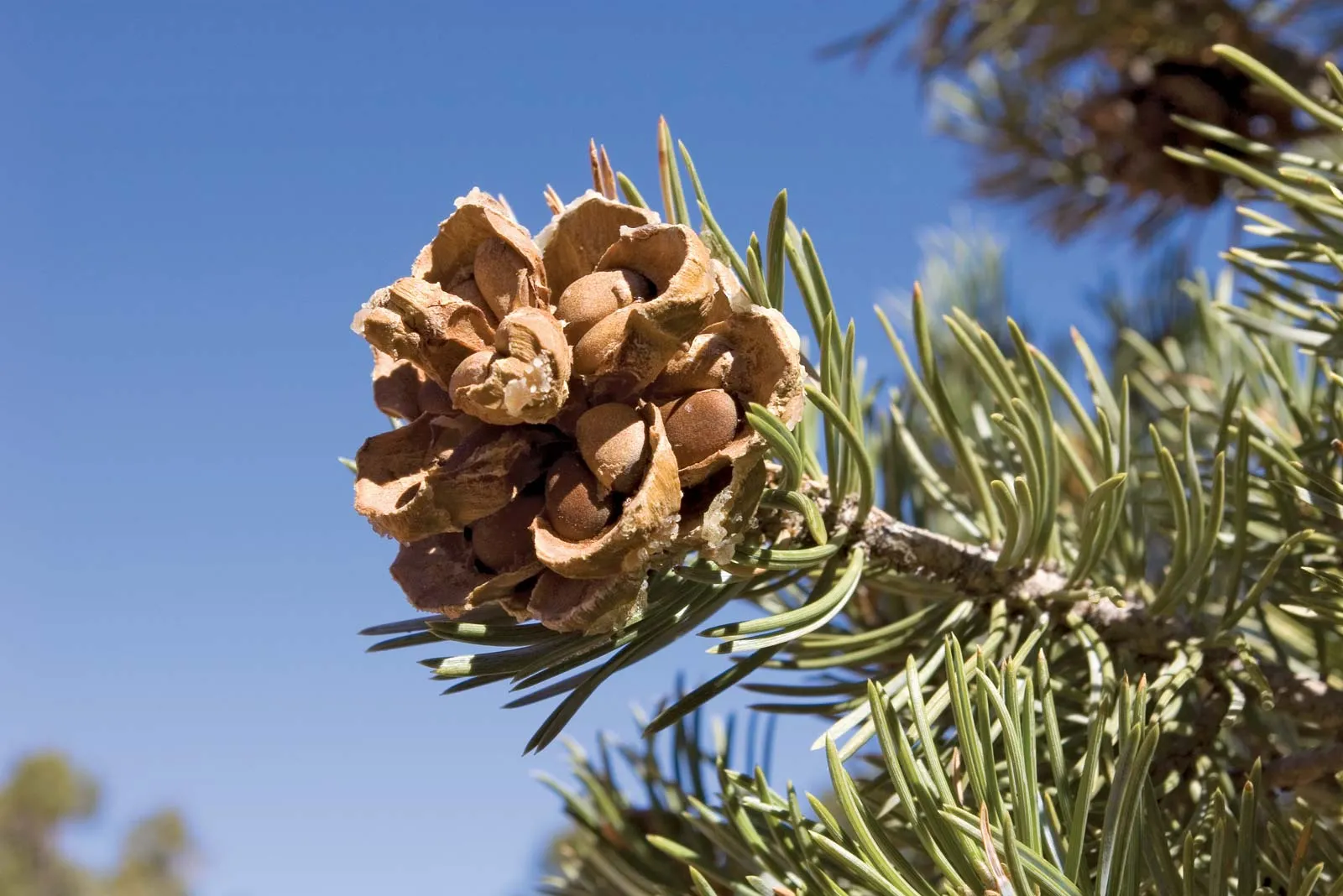

Garden Essentials
Where Are Gymnosperms’ Seeds Produced?
Modified: March 20, 2024
Discover where garden gymnosperms produce their seeds in this informative article. Explore the fascinating reproductive process of these unique plants.
(Many of the links in this article redirect to a specific reviewed product. Your purchase of these products through affiliate links helps to generate commission for Storables.com, at no extra cost. Learn more)
Introduction
Gymnosperms are a fascinating group of plants that have been around for hundreds of millions of years. They are known for their unique reproductive structures, including the production of seeds. Understanding where gymnosperms’ seeds are produced is essential in appreciating the life cycle and survival strategies of these plants.
Gymnosperm comes from the Greek words “gymnos,” meaning naked, and “sperma,” meaning seed. This name perfectly captures one of the defining characteristics of this plant group: their seeds are not enclosed within a fruit like in flowering plants. Instead, the seeds of gymnosperms are exposed on the surface of specialized structures.
Gymnosperms encompass a diverse range of plants, including conifers, cycads, ginkgoes, and gnetophytes. Despite their differences in appearance, they all share the common trait of producing seeds.
In this article, we will delve into the world of seed production in gymnosperms, exploring their reproductive structures, the different types of seeds they produce, and how these seeds are dispersed.
Key Takeaways:
- Gymnosperms, like conifers and cycads, produce seeds on cones or strobili. Their unique seeds come in various forms, from winged seeds for wind dispersal to fleshy arils attracting animals.
- Gymnosperms’ seed production and dispersal are fascinating processes crucial for their survival. They rely on wind, water, and animals to disperse their seeds, ensuring their presence and diversity in ecosystems.
Read more: How To Fix E2 Error In A Washing Machine
Definition of Gymnosperms
Gymnosperms are a group of seed-producing plants that are characterized by their naked seeds. Unlike flowering plants, gymnosperms do not have fruits or enclosed ovules. Instead, the seeds of gymnosperms are typically located on the surface of specialized structures known as cones or strobili.
The term “gymnosperm” comes from the Greek words “gymnos,” meaning naked, and “sperma,” meaning seed. This name aptly describes the unique reproductive feature of gymnosperms, where the seeds are not protected within a fruit or covered by any outer layer.
Gymnosperms are an ancient group of plants, with a fossil record dating back over 300 million years. They were the dominant plants during the age of the dinosaurs and continue to be significant components of many ecosystems worldwide.
There are four main groups of gymnosperms:
- Conifers: This is the largest and most diverse group of gymnosperms, including well-known species such as pine, spruce, fir, and cedar trees. Conifers are characterized by their needle-like or scale-like leaves and the production of cones.
- Cycads: Cycads are palm-like trees that have a stout trunk and large, compound leaves. They are often found in tropical and subtropical regions and are known for their symmetrical cone-like structures.
- Ginkgoes: The ginkgo is a unique gymnosperm species with fan-shaped leaves and distinctive foul-smelling seeds. It is considered a living fossil, as it is the only surviving member of its plant family.
- Gnetophytes: Gnetophytes are a small group of gymnosperms consisting of three genera: Gnetum, Ephedra, and Welwitschia. They exhibit a wide range of morphological diversity and are found in various habitats around the world.
With their diverse forms and adaptations, gymnosperms play crucial roles in ecosystems, providing habitats, food sources, and resources for humans. Understanding the anatomy and reproductive strategies of gymnosperms, including the production and dispersal of their seeds, helps us appreciate and conserve these ancient and important plant groups.
Gymnosperms’ Reproductive Structures
Gymnosperms have unique reproductive structures that enable them to produce and disperse their seeds. These structures play a crucial role in the successful reproduction and survival of these plants.
One of the key reproductive structures in gymnosperms is the cones, also known as strobili. Cones can be classified into two types: male cones (or pollen cones) and female cones (or seed cones).
Male cones, typically smaller and less conspicuous than female cones, produce and release pollen. Each male cone contains numerous microsporophylls, which are specialized leaf-like structures that bear microsporangia. Inside the microsporangia, microspore mother cells undergo meiosis to produce haploid microspores. These microspores develop into pollen grains, which are the male gametophytes.
Female cones, on the other hand, are larger and more noticeable. These cones contain megasporophylls, which are modified leaves that bear megasporangia. Within each megasporangium, a single megaspore mother cell undergoes meiosis to produce four haploid megaspores. Of these four megaspores, usually only one survives and develops into the female gametophyte.
The female gametophyte, also called the embryo sac, develops within the megasporangium. It typically consists of a few cells, including the egg cell, which is the female reproductive cell. The male gametophyte (pollen grain) is introduced to the female cone by wind or other pollinators. It then lands on the sticky surface of the receptive tissue called the stigma.
If pollination is successful, the pollen grain germinates on the stigma and develops a pollen tube. Through this tube, the male gametes (sperm cells) travel down to reach the female gametophyte. Fertilization occurs when the sperm cell fuses with the egg cell, forming a zygote. This fertilized egg then develops into an embryo, which eventually becomes a seed.
It’s important to note that the precise reproductive structures and processes can vary among different groups of gymnosperms. For example, in conifers, the female cones are typically located at the uppermost branches of trees, while male cones are found on the lower branches. Cycads, on the other hand, often have separate male and female plants, with the male cones forming on one tree and the female cones on another.
Gymnosperms’ reproductive structures are not only fascinating but also essential for their survival and propagation. The unique adaptations of their cones and the intricate process of pollination and fertilization ensure the successful production and dispersal of seeds, enabling these ancient plant groups to persist and thrive in diverse ecosystems.
Types of Gymnosperms’ Seeds
Gymnosperms produce a variety of seeds that are adapted to different environmental conditions and dispersal strategies. These seeds come in different shapes, sizes, and structures, each unique to the group of gymnosperms that produce them.
One of the most common types of gymnosperm seeds is the winged seed. This type of seed, also known as a samara, is typically found in conifers. The seed is surrounded by a papery wing-like structure, which helps facilitate wind dispersal. As the wind blows, the winged seeds are carried away from the parent plant and can travel long distances before landing in a suitable location for germination.
Another type of gymnosperm seed is the naked seed. This type of seed is often found in cycads and ginkgoes. Naked seeds are not enclosed in a protective fruit or capsule, but rather exposed directly on the surface of cone scales or other specialized structures. These seeds are often large and have a fleshy or woody coat that provides protection and nutrients to the developing seedling.
Some gymnosperms produce seeds that are surrounded by a fleshy aril. An aril is a specialized outgrowth of the seed coat that acts as an attractant for seed dispersers, such as birds. Gnetophytes, a small group of gymnosperms, are known for producing seeds with a fleshy aril. The brightly colored and nutritious aril entices birds to eat the seed, which is then dispersed through their droppings.
In addition to different seed structures, gymnosperms also exhibit variability in the number of seeds produced. Some species produce a single seed per cone or branch, while others produce multiple seeds. The number of seeds can vary greatly depending on the specific reproductive strategy and environmental conditions in which the gymnosperm species evolved.
It’s important to note that the adaptations and characteristics of gymnosperm seeds provide insights into their survival and dispersal strategies. The diversity in seed types allows gymnosperms to thrive in various habitats, ensuring their continued presence in ecosystems around the world.
Gymnosperms’ seeds are produced in cones, which can be either male or female. Male cones produce pollen, while female cones contain ovules that develop into seeds when fertilized.
Seed Production in Gymnosperms
Gymnosperms have unique mechanisms for seed production that contribute to their reproductive success and enable them to colonize diverse habitats. The process of seed production in gymnosperms begins with pollination and culminates in the formation of mature seeds.
Pollination, the transfer of pollen from the male cone to the female cone, is a crucial step in seed production. In gymnosperms, pollination is typically achieved through wind dispersal. The lightweight and abundant pollen grains are carried by the wind, increasing the chances of reaching a receptive female cone. Some gymnosperms, however, rely on insects or other pollinators for efficient pollination.
When a pollen grain lands on the receptive surface of the stigma, it germinates and forms a pollen tube. The pollen tube grows down through the tissues of the female cone, ultimately reaching the female gametophyte located within the ovule.
Inside the female gametophyte, one sperm cell fuses with the egg cell in a process called fertilization. This fusion results in the formation of a zygote, which develops into an embryo. The other sperm cell fuses with another cell of the female gametophyte, giving rise to endosperm, a nutrient-rich tissue that nourishes the developing embryo.
As the embryo grows, it initiates the development of a seed coat, which surrounds and protects the embryo. The seed coat is derived from the integument tissues of the ovule and provides physical protection from mechanical damage, desiccation, and pathogens.
Throughout the maturation process, the seed undergoes changes in its physiological and metabolic activities. It accumulates reserves of nutrients, such as carbohydrates, proteins, and lipids, to support the embryo during germination and early growth.
Once the seed is fully developed, it becomes dormant, entering a period of quiescence that allows it to withstand adverse environmental conditions. During dormancy, the seed is metabolically inactive and resistant to germination signals. This adaptation ensures that the seed remains viable until favorable conditions for germination are present.
When conditions are suitable, such as adequate moisture and temperature, the dormant seed germinates. Germination is the process by which the embryo resumes growth, emerging from the seed coat and establishing itself as a new individual plant.
Seed production in gymnosperms is a remarkable biological process that ensures the survival and dispersal of their offspring. The specialized mechanisms of pollination, fertilization, and seed development allow gymnosperms to adapt and thrive in a wide range of habitats, contributing to their ecological and evolutionary success.
Seed Dispersal in Gymnosperms
Gymnosperms have evolved various strategies for seed dispersal, ensuring the widespread distribution of their offspring and enhancing their chances of successful germination and establishment in different environments. Seed dispersal in gymnosperms is predominantly achieved through natural agents such as wind, water, and animals.
Wind dispersal is one of the most common methods employed by gymnosperms. Many gymnosperm seeds are lightweight with adaptations that aid in their aerial dispersal. The presence of structures like wings, bristles, or hairs enables seeds to be easily carried by air currents over long distances. The abundance and small size of gymnosperm seeds further contribute to their wind dispersal potential.
Water dispersal, although not as common as wind dispersal, is observed in certain gymnosperms. Seeds that are buoyant and capable of floating on water can be transported over large distances by rivers, streams, or ocean currents. Water dispersal is particularly advantageous in species inhabiting wetland or coastal habitats where moving water assists in the dispersal process.
Animal dispersal, also known as zoochory, is an important mechanism used by gymnosperms to enhance seed dispersal. Gymnosperms attract animals with fleshy, nutritious structures surrounding their seeds, such as arils. Birds, mammals, and reptiles may consume the aril and subsequently disperse the seeds through their feces, providing an opportunity for the dispersed seeds to germinate in new locations.
Another fascinating method of seed dispersal in gymnosperms is the explosive release of seeds. In some species, the mature cone scales or seed capsules suddenly split open at a specific time, propelling the seeds at high velocities away from the parent plant. This explosive dispersal mechanism increases the chances of seeds being dispersed to a greater distance, potentially colonizing new areas and reducing competition with neighboring plants.
The diverse mechanisms of seed dispersal in gymnosperms allow them to colonize a wide variety of habitats and occupy different ecological niches. Effective seed dispersal ensures that the offspring of gymnosperms are not only dispersed away from the parent plant but also distributed in suitable microenvironments where they have the best chance of survival and successful growth.
Seed dispersal is a vital process for the long-term survival and genetic diversity of gymnosperms. By dispersing their seeds, gymnosperms increase the chances of offspring finding suitable conditions for germination and establishment, contributing to the resilience and continued success of these fascinating plant groups.
Conclusion
Gymnosperms, with their unique reproductive structures and diverse seed production strategies, occupy distinctive roles in ecosystems worldwide. Understanding where gymnosperms’ seeds are produced and how they are dispersed provides valuable insights into their survival and reproductive success.
From their naked seeds to specialized reproductive structures like cones, gymnosperms have developed fascinating adaptations over millions of years. Their seeds come in different forms, including winged seeds that are carried by the wind, naked seeds exposed on cone scales, and seeds with fleshy arils that attract animal dispersers.
Seed production in gymnosperms involves the intricate processes of pollination, fertilization, and the development of the embryo and seed coat. The culmination of these processes gives rise to mature seeds that are ready for dispersal.
Gymnosperms rely on various mechanisms for dispersing their seeds, including wind, water, and animals. Wind dispersal, facilitated by lightweight and winged seeds, allows for long-distance travel. Water dispersal aids gymnosperms in colonizing wetland and coastal areas, while animal dispersal through consumption of fleshy seed coverings enhances dispersal distances.
Furthermore, gymnosperms have evolved explosive seed release mechanisms and rely on natural agents to disperse their seeds effectively, maximizing the chances of survival and establishment in new locations.
In conclusion, gymnosperms’ production and dispersal of seeds are intricate processes that contribute to their ecological success as ancient plant groups. Their ability to adapt to different environments and disperse their offspring allows them to survive in a wide range of habitats, ensuring the continued presence and diversity of gymnosperms in our natural world.
By unraveling the mysteries of gymnosperms’ seed production and dispersal, we gain a deeper appreciation for the remarkable characteristics and ecological importance of these plants. Protecting and conserving gymnosperms is essential for preserving the biodiversity and functioning of ecosystems, as well as for our understanding and enjoyment of the natural world.
Frequently Asked Questions about Where Are Gymnosperms’ Seeds Produced?
Was this page helpful?
At Storables.com, we guarantee accurate and reliable information. Our content, validated by Expert Board Contributors, is crafted following stringent Editorial Policies. We're committed to providing you with well-researched, expert-backed insights for all your informational needs.
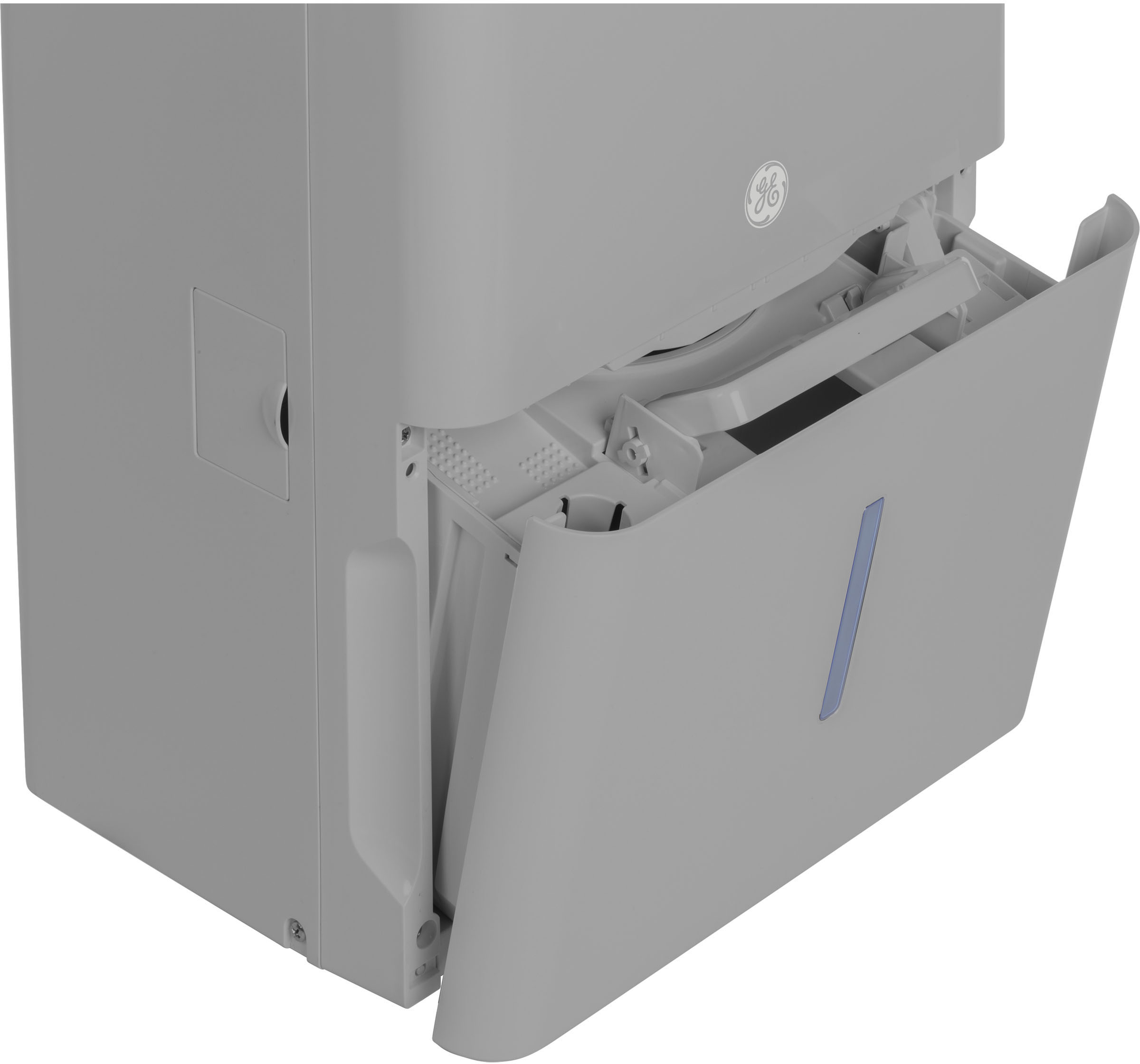







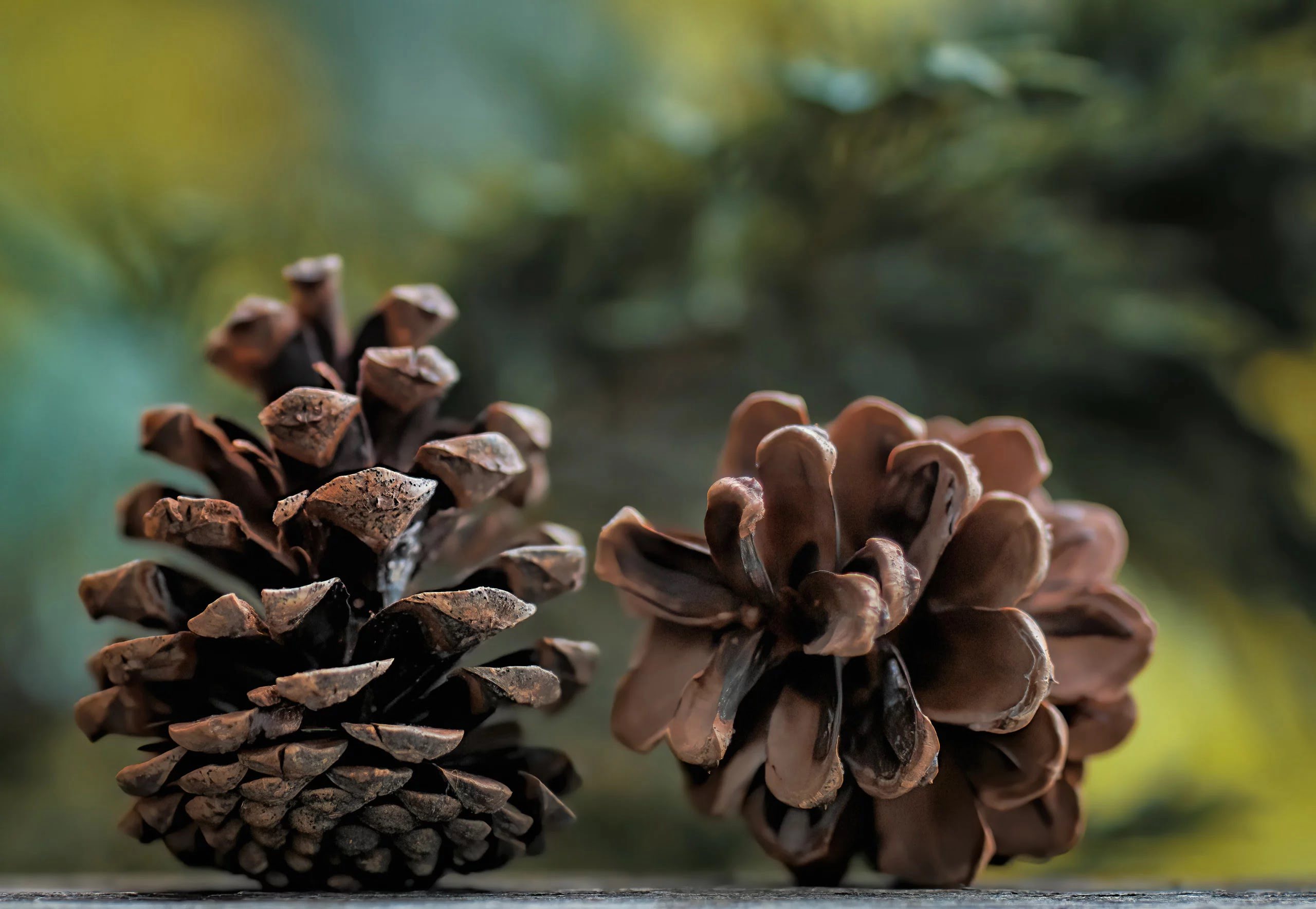
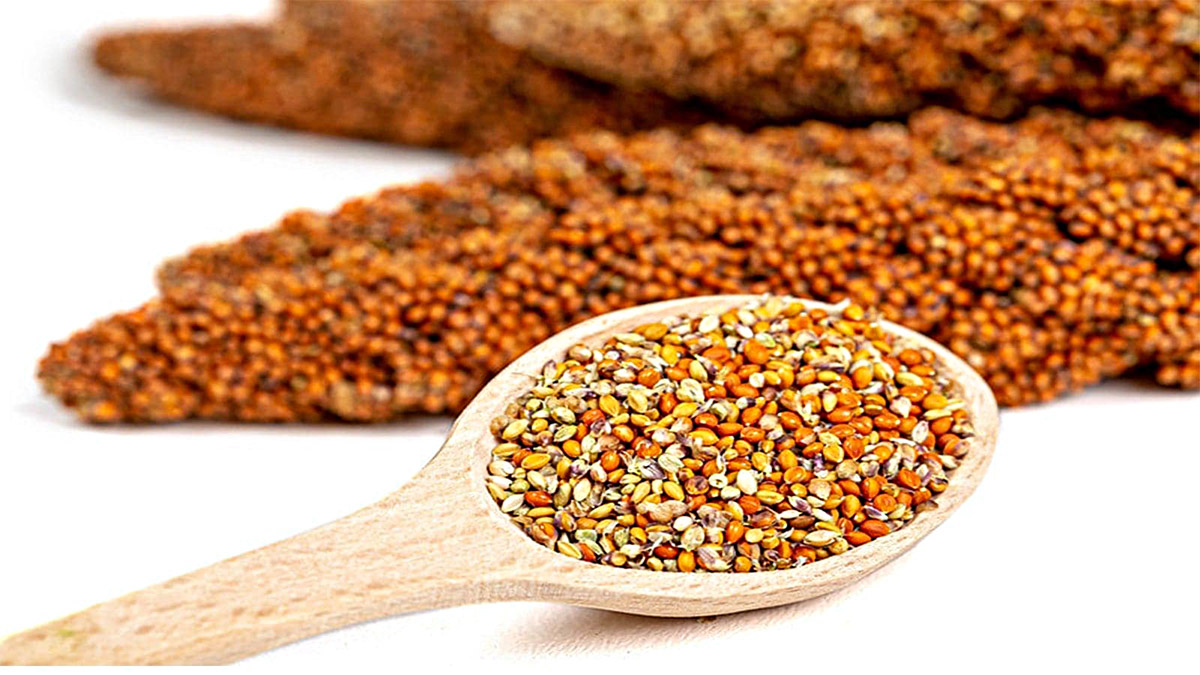
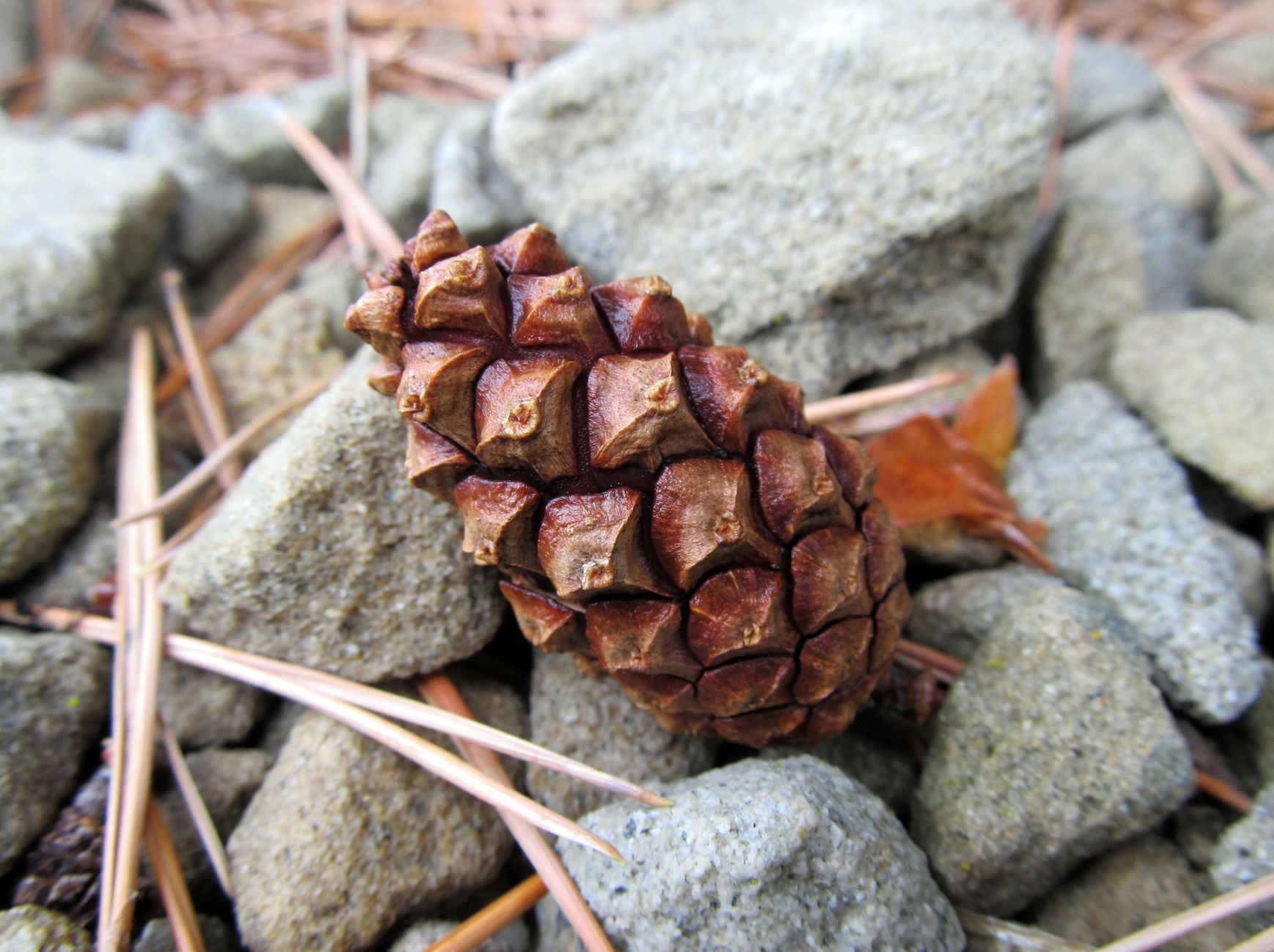

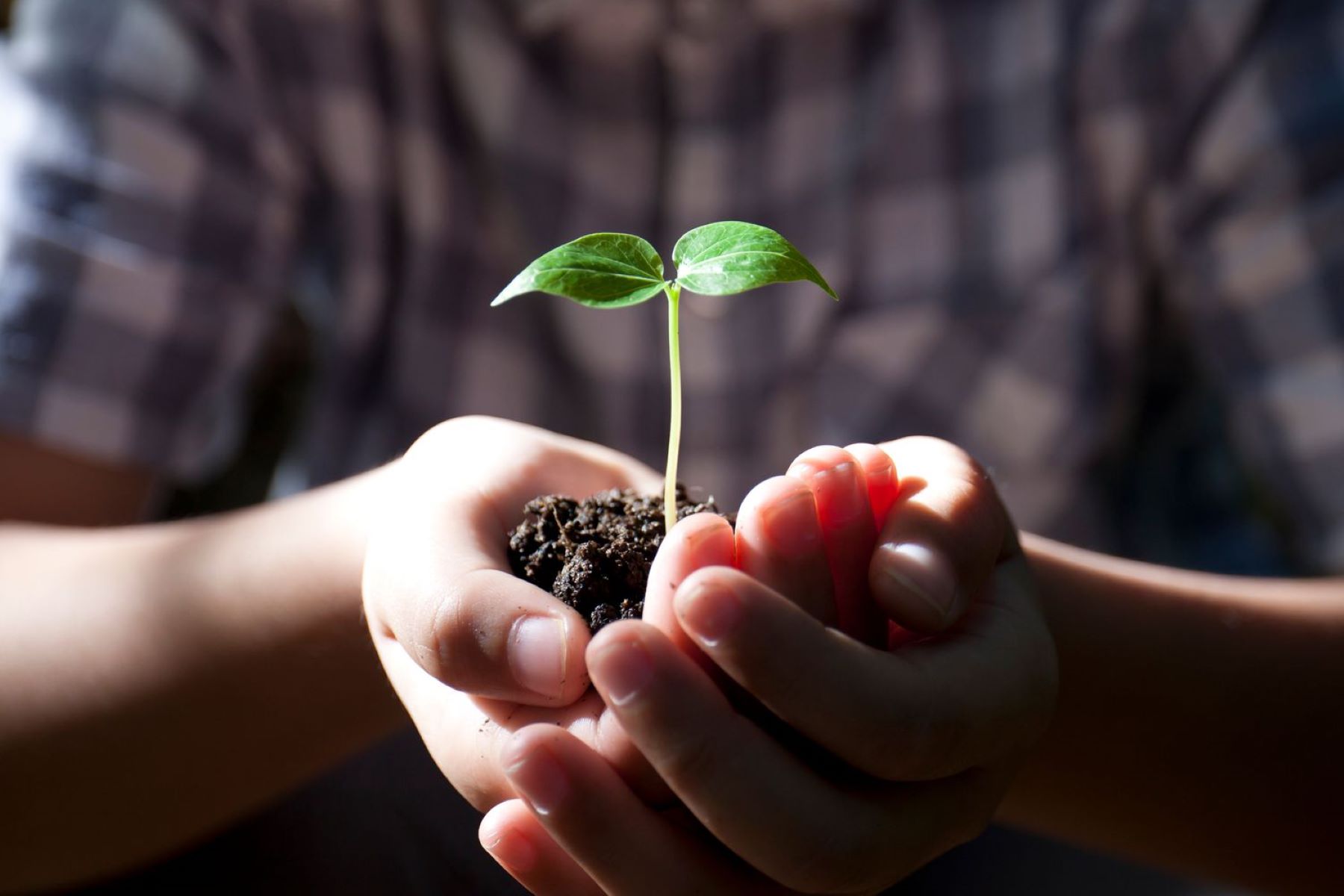


0 thoughts on “Where Are Gymnosperms’ Seeds Produced?”